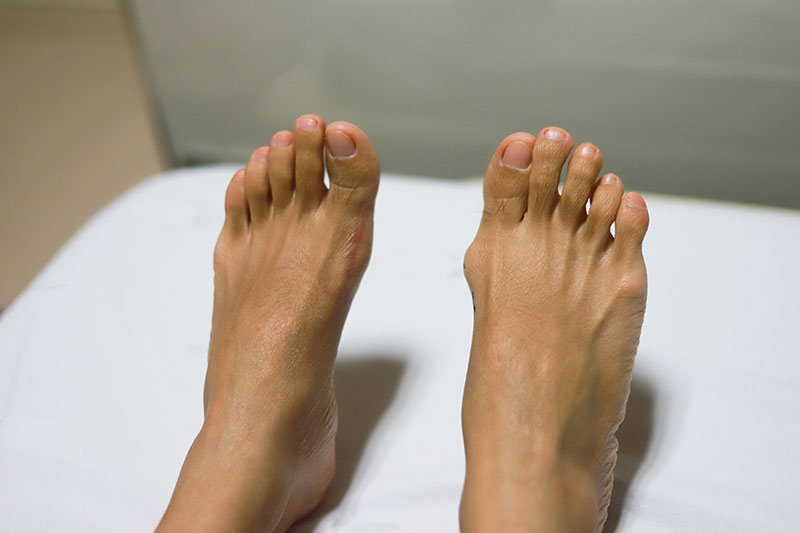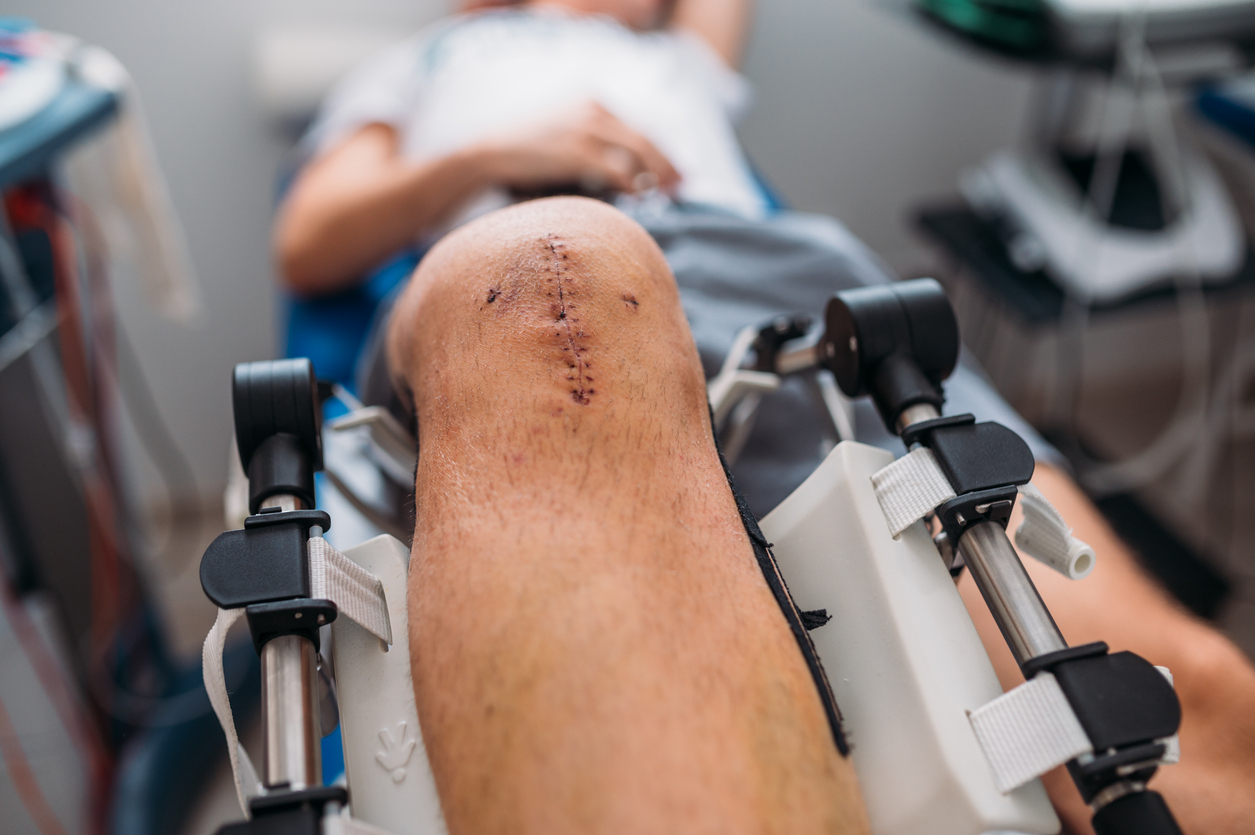Key Takeaways
- Shoulder pain can stem from simple muscle strain or more serious tendon injuries.
- Most shoulder pain improves with rest, physiotherapy, and non-invasive treatments.
- Persistent pain or weakness may signal a rotator cuff tear requiring specialist care.
- Rotator cuff surgery can help restore strength and motion when conservative methods fail.
- Early assessment leads to better recovery outcomes.
When Shoulder Pain Isn’t Just Soreness
A sore shoulder after a weekend game or gym session is common, and often harmless. Most mild shoulder pain comes from muscle overuse or temporary inflammation that eases within a few days. But if the pain lingers, worsens at night, or limits your ability to lift your arm, it could be something more.
The shoulder joint relies on a group of four muscles and tendons called the rotator cuff, which stabilise and move the arm. When one or more of these tendons are injured or torn, movement becomes painful and restricted. Recognising when pain is more than a “strain” is the first step toward proper treatment.
What Are the Common Causes of Shoulder Pain
- Muscle or tendon strain – Usually due to overexertion during sports, gym workouts, or daily lifting.
- Tendonitis or bursitis – Inflammation of the tendons or fluid-filled sacs that cushion the shoulder joint.
- Rotator cuff tear – A partial or complete tear of the tendon, often from repetitive overhead motion or an acute injury.
- Shoulder impingement – When tendons are pinched under bone structures, leading to pain when raising the arm.
- Arthritis or wear-and-tear – Gradual degeneration that causes stiffness and aching over time.
Non-Invasive Treatment Options for Shoulder Pain
For most cases of shoulder pain, surgery isn’t the first step. The goal is to reduce inflammation, restore mobility, and strengthen the supporting muscles. Non-invasive treatments may include:
- Rest and activity modification – Avoiding movements that worsen pain allows tissues to heal.
- Physiotherapy – Tailored exercises improve range of motion and shoulder stability.
- Medications – Anti-inflammatory or pain relief medication may be prescribed to ease discomfort.
- Injections – Corticosteroid or platelet-rich plasma (PRP) injections can reduce inflammation and support healing in select cases.
- Cold or heat therapy – Used to reduce swelling and promote blood flow during recovery.
With consistent rehabilitation, many patients regain full function without the need for surgery.
When to Consider Rotator Cuff Surgery
Surgery may be considered when:
- The tear is large or complete.
- Pain persists despite several months of physiotherapy.
- There is loss of strength or limited arm movement affecting daily tasks.
- The patient is young or active and wishes to maintain high shoulder performance.
Rotator cuff surgery aims to repair the torn tendon and reattach it to the bone, often through minimally invasive arthroscopic (keyhole) techniques. These procedures are performed under anaesthesia, and most patients can return home the same or next day.
What Is the Recovery Outlook?
Recovery after rotator cuff surgery takes time but is highly structured:
- First 4–6 weeks – The shoulder is supported in a sling to protect the repair while gentle passive exercises begin under supervision.
- Subsequent 6–8 weeks – Physiotherapy progresses to active range-of-motion exercises.
- 3–6 months after surgery – Strengthening and functional exercises are introduced to restore shoulder power.
- 6–12 months after surgery – Most patients resume normal activities, including sports and gym workouts.
For mild to moderate injuries managed without surgery, physiotherapy and regular stretching can bring significant improvement within a few weeks.
How to Prevent Future Shoulder Problems
- Warm up before workouts or sports involving overhead motion.
- Strengthen shoulder and upper back muscles to provide better joint support.
- Practise good posture, especially during desk work.
- Avoid repetitive heavy lifting or awkward shoulder positions.
Small adjustments in daily habits can go a long way in preventing chronic shoulder pain.
When to See a Specialist When It Comes to That Shoulder Pain
Persistent shoulder pain isn’t something to “wait out.” Early diagnosis helps determine whether it’s a strain, impingement, or tear, and ensures you get the right treatment before the condition worsens.
At The Orthopaedic Practice and Surgery (TOPS), our specialists assess the full spectrum of shoulder conditions, from weekend strains to rotator cuff injuries, and guide patients through both non-surgical and surgical options for recovery.
Book an appointment today to discuss your shoulder pain treatment and find the best path back to comfortable, confident movement.












